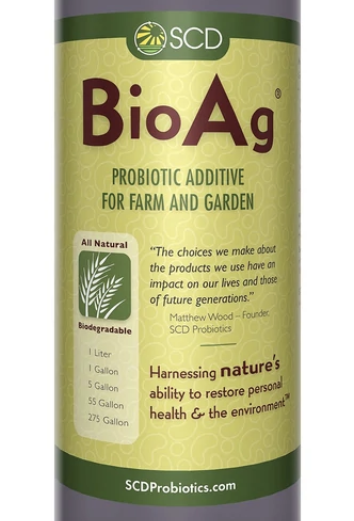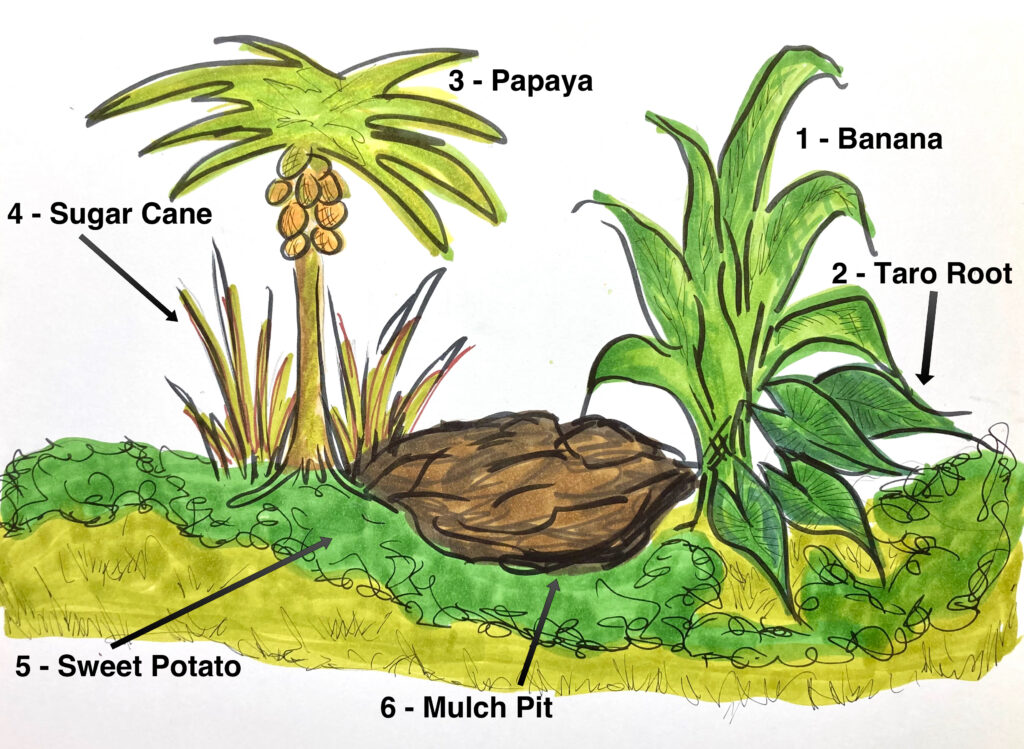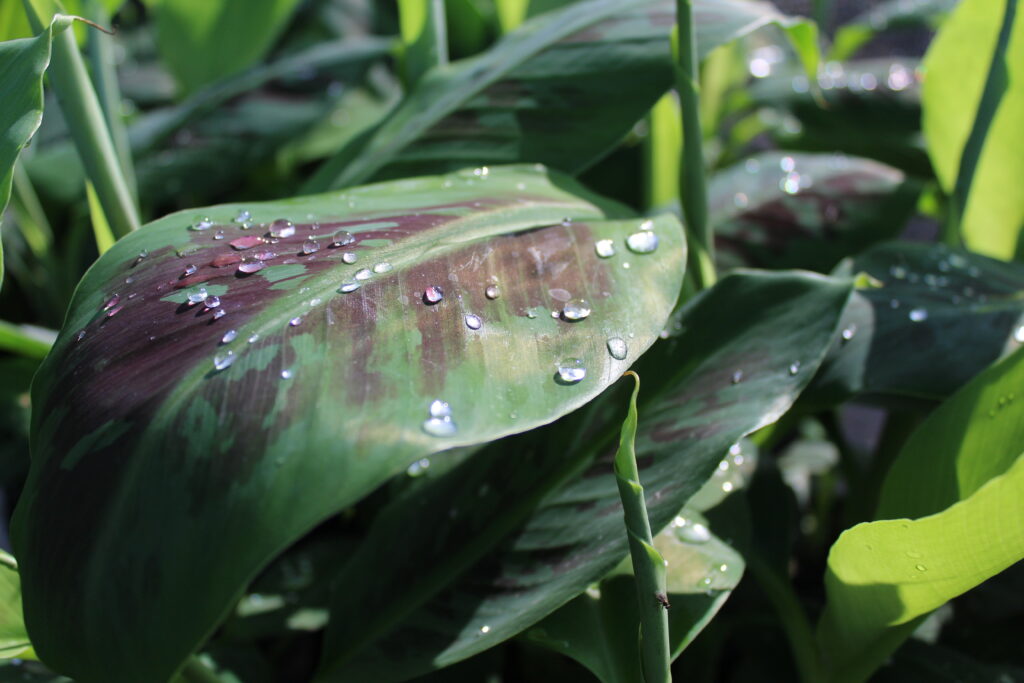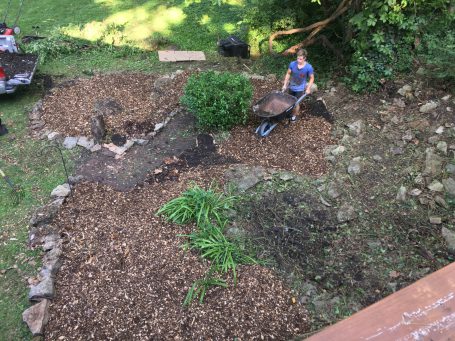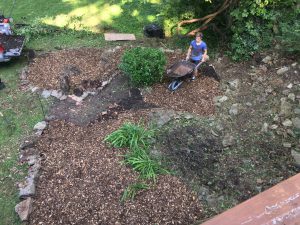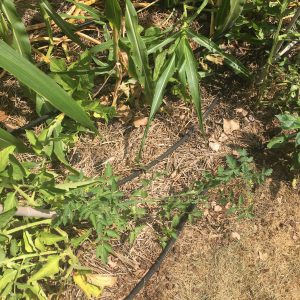Over the last 20 years, I have found that nearly every garden problem can be solved with a handful of solutions. Of course, there are countless nuances to the various problems, but often times, the solutions are the same. Whether in my own home garden, at other USDA certified organic nurseries, or on the dozens of permaculture sites I have designed, I have found that there are five solutions that every organic gardener needs to have on hand at all times. So, here are the five things that every organic farmer needs on hand:
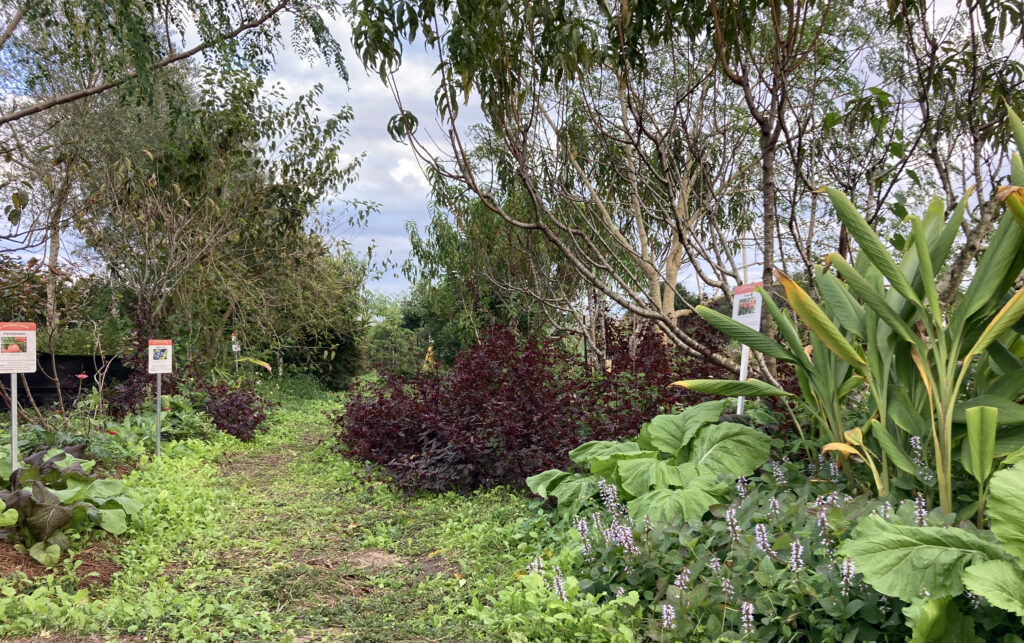
1 – Organic compost
Instead of wasting money on expensive fertilizers and soil amendments, every gardener needs a good compost pile going at all times. Healthy plants will be more resistant to disease, fungal infections, and bacterial issues. Compost not only helps increase overall plant health, but also builds soil structure. If you are fortunate enough to have an organic compost source locally, then absolutely support them by purchasing their product as well. For many families, a compost pile can be too much work and not enough return. So for many homes, a worm composting unit (like those from Uncle Jim’s Worms) are the best solution to get compost and compost tea. In cold climates, a 1″ layer of organic fertilizer can be applied in April, June, and August. In subtropical and warmer climates, it can be applied in February, June, and September.
2 – Soil and Plant Probiotics
Ideally, we are all brewing batches of indigenous micro organisms, but since that isn’t possible for many home gardeners, there are amazing products to help soil microbes. Probio is (by far) my favorite soil probiotic. I use this monthly in my watering can, as a foliar spray (using a backpack sprayer), and even as a compost pile activator. On the organic farms I am connected with, this product is often the secret weapon for plant and soil health. It often works so well that it curtails future problems with fungal and bacterial issues before they even start. Having this product on hand is a must. CLICK HERE for order info.
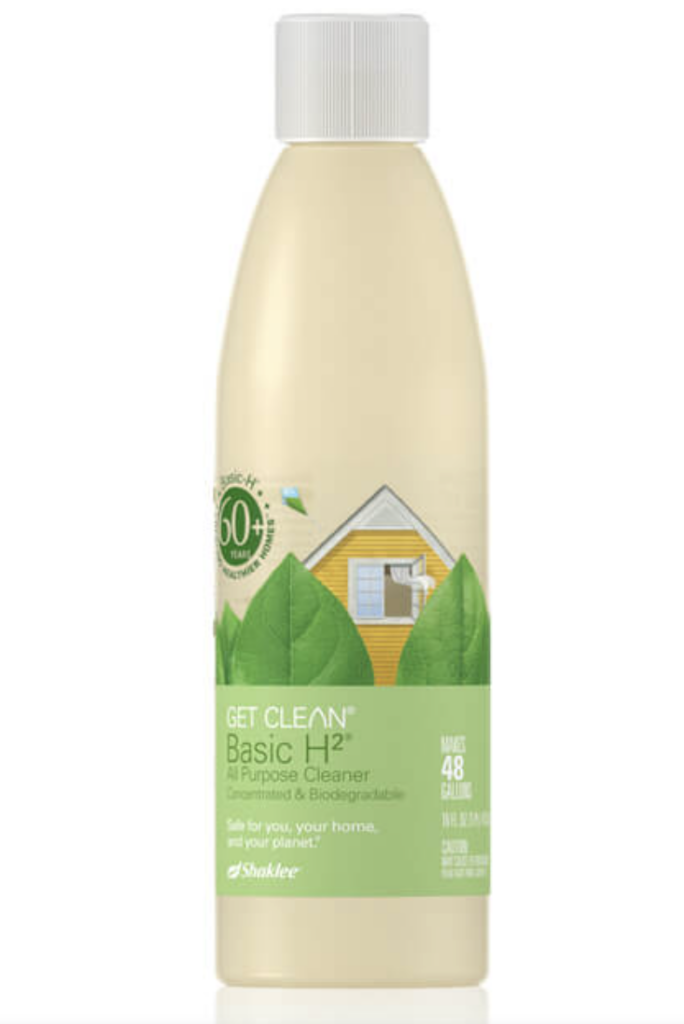
3 – Soap Alternatives (must be plant based)
An organic plant-based surfactant is a god-send in the garden and food forest. Personally, I use Basic H, and we also use this at several certified organic farms we are connected with. This is used to wash off pests, aphids, and bugs….but also to clean pots, trays, and farm equipment.
is also great for treating fungal and bacterial issues and used to emulsify neem and/or fish emulsions before application. Permaculture guru, Joel Salatin even uses this for deworming cattle and livestock (and I now do the same). Do NOT use non-organic options or even scented castile soaps, because they will remove the natural waxy coating on the plant leaves and can actually damage soil health.
4 – Neem Oil
Neem is an organic plant extract used to treat fungal issues like sooty mold, powdery mildew, etc. It is also a great insect repellant and used to kill things like aphids. Neem also has a short activity period, so it’s not going to affect bees and butterflies (unless you spray them directly). It’s a much safer insecticide than anything else I have ever seen or used. Not to mention, in humid climates, it helps control our many fungal and bacterial issues. When purchasing, be sure to get 100% pure neem and then dilute it yourself. The premixed stuff in a spray bottle is a rip off.
5 – Kelp and Fish Emulsion
These two are both light fertilizers that also contain living enzymes that build the soil. They are both non-burning, organic compounds that not only fertilize the plant, but also help the uptake of minerals. They can often be added to water as a root drench, but also used as a foliar spray multiple times during the growing season. Chemical and synthetic fertilizers bought in the store (even most organic options) use salt as a carrier mechanism for the nitrogen. Some organic fertilizers “hide” it with things like soy protein hydrosolate, which is up to 40% MSG. So stick with organic compounds like compost, fish emulsion, kelp, bone / blood meal to build your top soil and microbial health.

